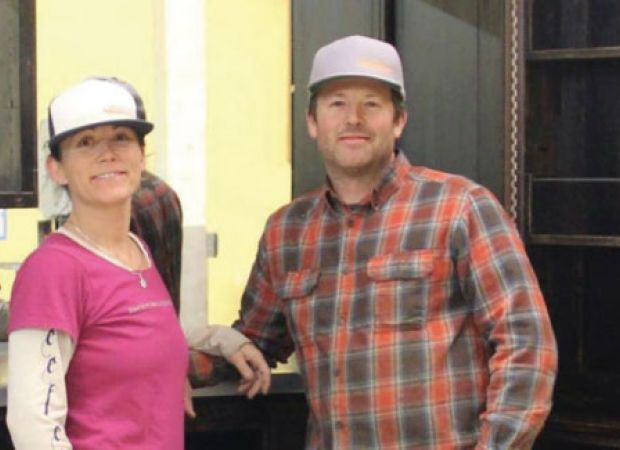Blog
Follow Our Latest News and Information
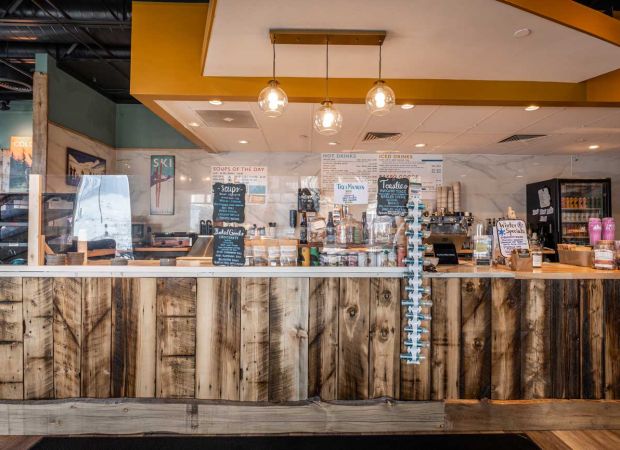
True Blue Coffee & Gelato opens in Dillon
| WebEZ Admin
The company was launched by the same family that operates Everything Colorado, Frisco Trading Post and Copper Mountain Mercantile
The people behind the Frisco Trading Post, Copper Mountain Mercantile and Everything Colorado are now venturing into t…
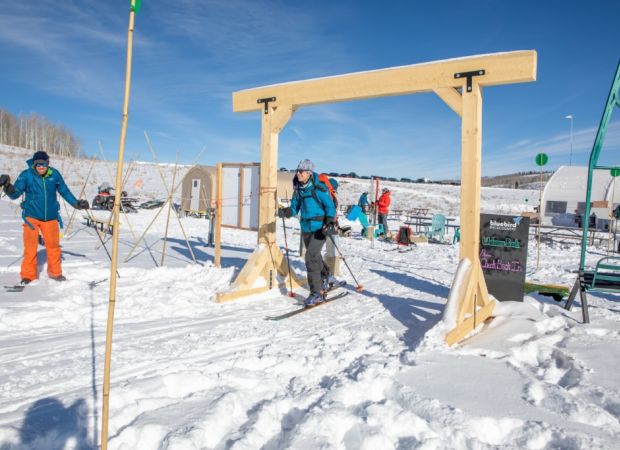
Gateway to Another World: The Story Behind the Bluebird Backcountry Portal
| WebEZ Admin
March 11, 2021/in Latest, People /by Corey Buhay
Somewhere between Steamboat Springs and Kremmling, Colorado, you’ll find an interdimensional portal. At over 10 feet tall it’s striking to look at, though you’d be forgiven if you mistook it for pa…
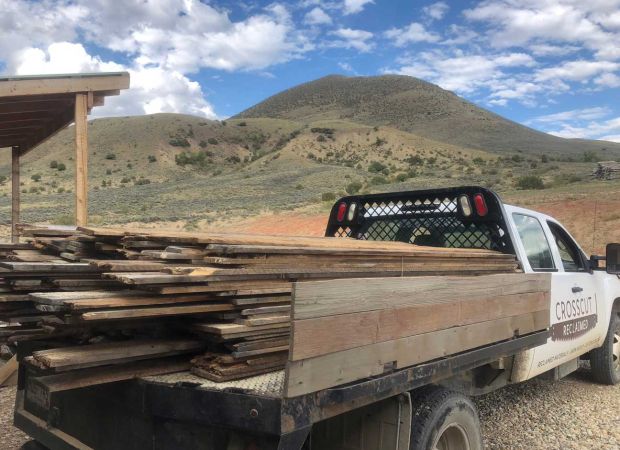
Barn Wood Facts
| WebEZ Admin
Wood naturally expands and contracts throughout the seasons due to changes in temperature and humidity. Spanned over decades, this process makes barnwood denser (typically 40 points on the Janka hardness scale) than its virgin counterpart. Denser wo…
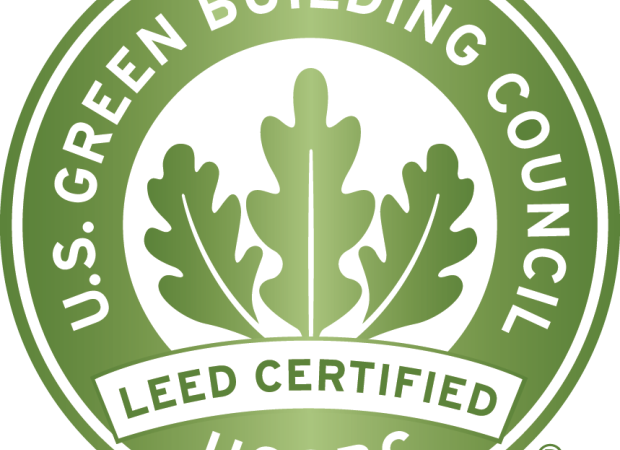
LEED Certification
| WebEZ Admin
CROSSCUT RECLAIMED REFRESHES COMMUNITY WITH REUSED MATERIALS
The leadership in energy and environmental design or LEED Green building rating system is the benchmark for building, designing and operating green buildings in the United States.
LEED i…

Green Matters
| WebEZ Admin
Reclaimed materials are a sustainable alternative to other building products. Because reclaimed materials are considered recycled content they meets the Materials and Resources criteria for LEED certification and may also earns points towards a cert…
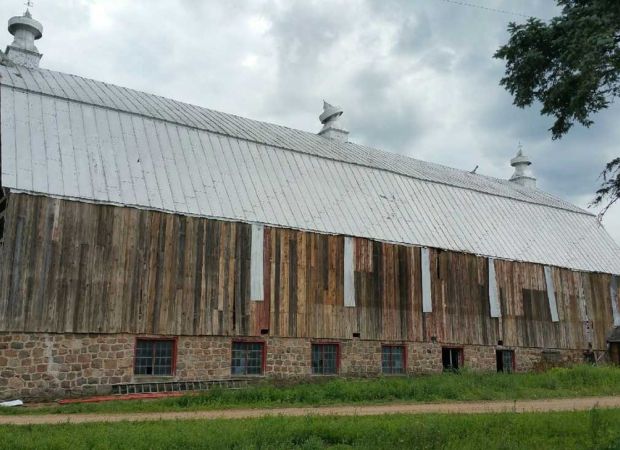
3 questions to ask before hiring a contractor for your barn wood project
| WebEZ Admin
Everyone loves the look of old barn wood, but not all contractors know how to handle it properly. Make sure your project goes as planned by asking the following questions:
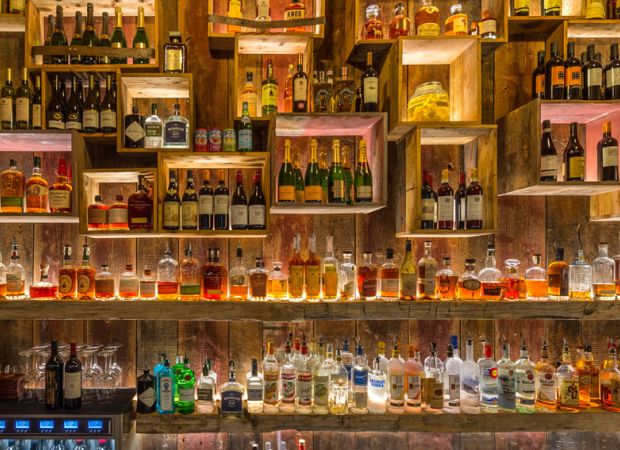
Incorporating Old Reclaimed Materials Into Modern Spaces
| WebEZ Admin
We absolutely love how our reclaimed barn wood and rusty corrugated metal looks in the new restaurant Sauce on the Blue in Silverthorne, CO. We’d like to give prop’s to Shervin Rashidi, Sam Rivers and the KKJR crew for making this vision a reality.

